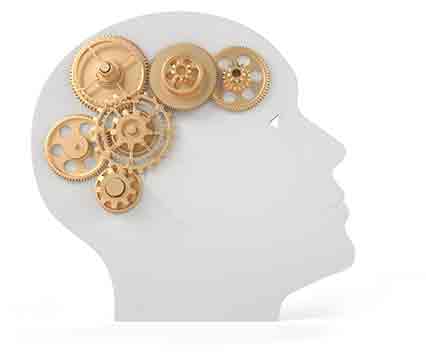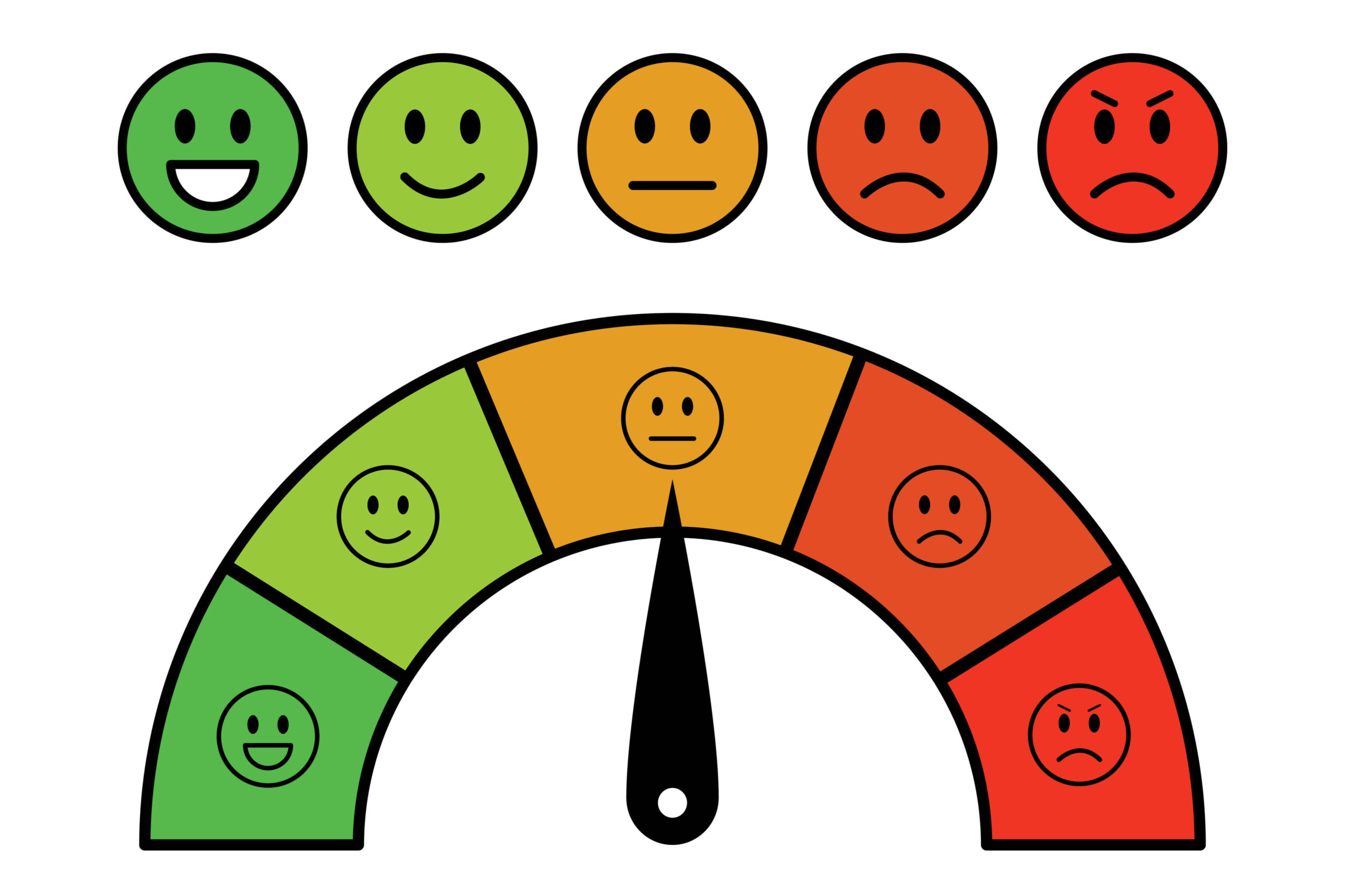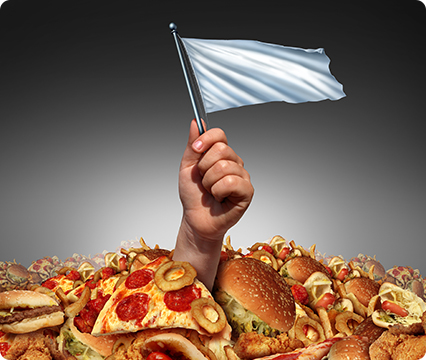The psychological impact of the widespread availability of palatable foods predicts uncontrolled and emotional eating in adults
Cognitive restraint (CR), uncontrolled eating (UE), and emotional eating (EE) were the three eating behavior patterns examined in this study by Medina et al. (2023) in relation to psychologically stimulating surroundings full of enticing foods. The research proposed three main hypotheses: (a) Environments rich in tempting foods would positively influence CR, UE, and EE; (b) Individuals who are dieting would show higher levels of CR, UE, and EE; and (c) Higher body mass index (BMI) would be associated with CR, UE, and EE. Data from 413 individuals were gathered online using a cross-sectional approach. The psychological draw of food-heavy environments—categorized as food being available, visible, or tasted—was measured through the Power of Food Scale (PFS), while CR, UE, and EE were evaluated using the Three-Factor Eating Questionnaire (TFEQ-R18).
Eating Behavior patterns and Their Relationship with BMI and Dieting
Findings revealed that the “food available” factor positively predicted all three eating behaviors. The “food present” variable was linked specifically to higher levels of UE and EE. Individuals actively dieting exhibited increased CR and EE. In turn, both UE and EE were significantly associated with higher BMI. Overall, the motivation to eat triggered by palatable food environments, especially when food is readily available or visible, strongly influences eating patterns, most notably UE and EE. Public health approaches should account for the environmental triggers that shape these behaviors. The results also highlighted that women may be particularly susceptible. Moreover, since dieting was associated with elevated EE, which correlated with higher BMI, weight management strategies should be mindful of this psychological vulnerability. [NPID: Food choice, eating behavior, diet]
Year: 2023
 Navigation
Navigation











